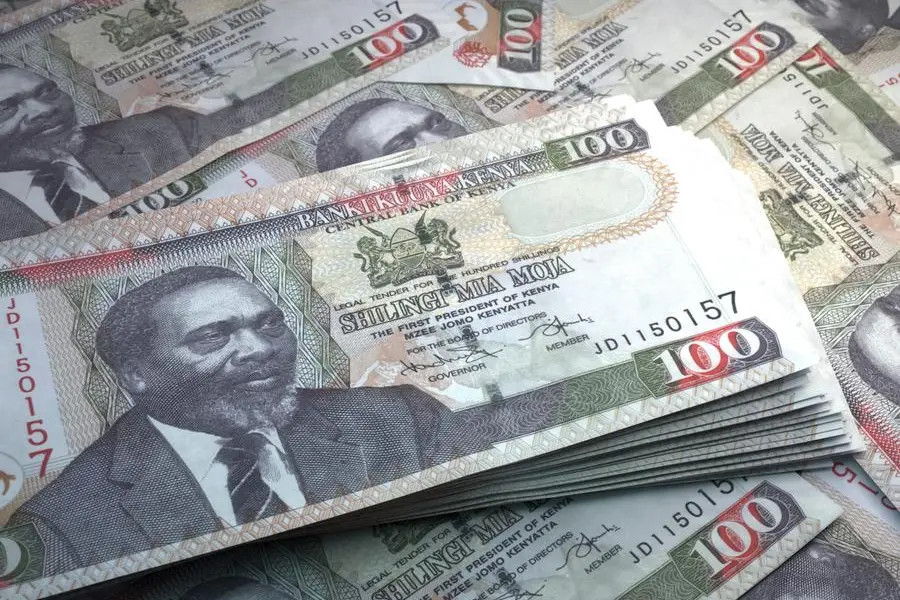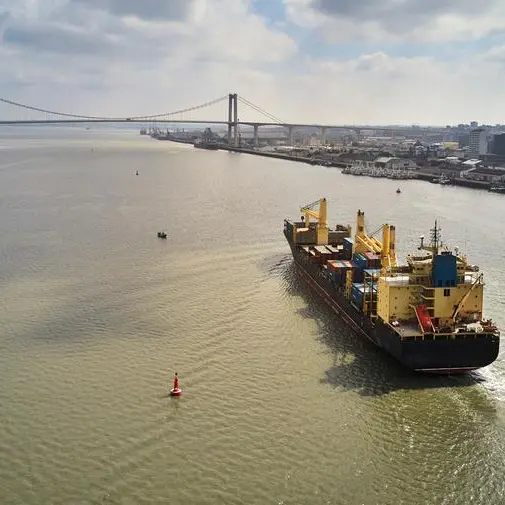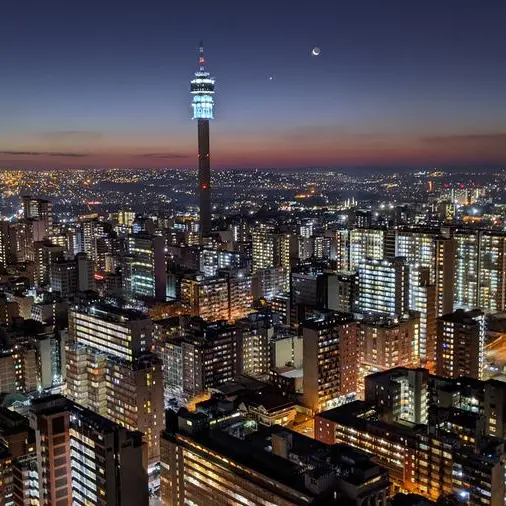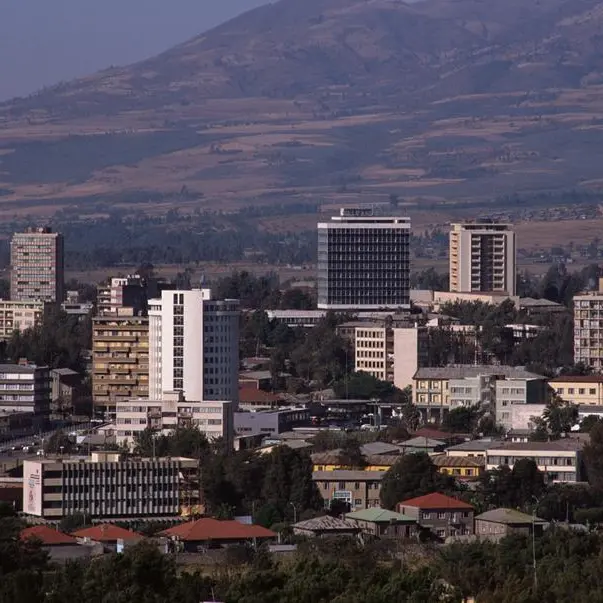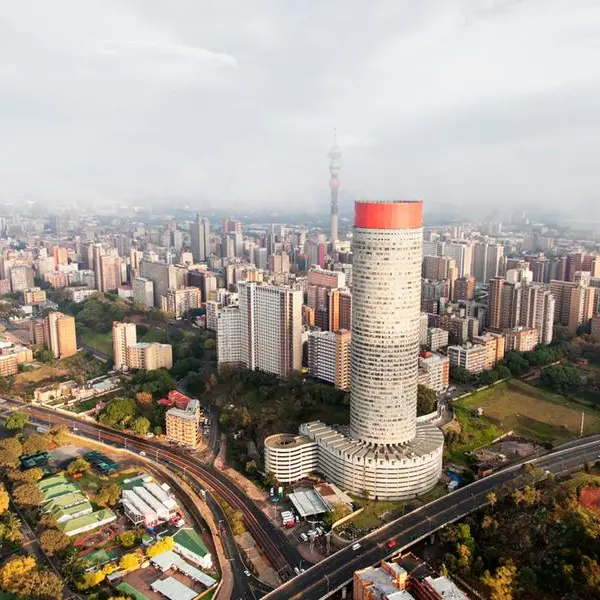PHOTO
Kenya Power has secured a one-year extension for the repayment of Ksh25.12 billion ($196.25 million) owed to the government in a move seeking to give the electricity distributor breathing space to restructure its commercial debt and strengthen its cashflow position.
This comes as the utility reported a Ksh37.65 billion ($294.14 million) expenditure on expensive power in the 12 months to June 30, 2022 as discussions on whether to terminate long-term power purchase agreements (PPAs) with independent power producers (IPPs) falter.
Kenya Power, 50.08 percent owned by the state, says in its annual report (2022) that it has obtained an extension of on-lent debt repayment moratorium approved by the National Treasury amounting to Ksh25.12 billion ($196.25 million) to June 30, 2024. The repayment date was June 30, 2023.
Another Ksh5.7 billion ($44.53 million) debt moratorium granted by the National Treasury in 2020 expired in June 2022, with full repayment (principal and interest) expected to start in July 2022.
The company remained in a negative position of Ksh55.74 billion ($435.46 million) as at June 30, 2022.
Selling below costNow, it is seeking to leverage the debt repayment moratorium by the government as well as the combined effect of the other financial recovery initiatives to restructure its commercial debt and achieve sustainable annual debt service, improved net cash position and working capital and improved financial ratios.
Net debt was Ksh95.91 billion ($749.29 million) in the 2021/22 financial year, compared with Ksh103.55 billion ($808.98 million) the previous year.“The increased availability of cash from the extended debt tenors, and lower finance cost obligations resulting from negotiating lower interest rates on existing debt facilities, will be used to accelerate payment of outstanding trade payables,” the firm says.
The firm is listed on the Nairobi Securities exchange. It posted a net loss of Ksh1.14 billion ($8.9 million) in the six months to December 31, 2022 from a net profit of Ksh3.81 billion ($29.76 million) in the same period in 2021, blaming increased forex losses and implementation of the 15 percent reduction of the end-user tariff from January 2022.
For the 12-month period to June 30, 2022, the firm’s profit before tax declined by 37 percent to Ksh5.12 billion ($40 million), from Ksh8.19 billion ($63.98 million) the previous year.
Total power purchasedAccording to the report, KPLC acquired 7,911GWh, or 63 percent of the total power purchased from the Kenya Electricity Generating Company, KenGen and 4,742GWh from IPPs.
The cost of the power from KenGen was Ksh38.9 billion ($303.9 million), or 41 percent, compared with IPPs’ totalling Ksh56.27 billion ($439.6 million) or 59 percent. It cost Kenya Power an average of Ksh3.93 ($0.03) KWh to purchase from KenGen compared with Ksh11.87 ($0.09) KWh from IPPs.“The Company signed expensive contracts with IPPs and in some instances selling power below the cost price,” said Auditor-General Nancy Gathungu.
In December 2021, Senate’s Standing Committee on Energy resolved to investigate the utility over the high payments to IPPs, which have largely been blamed for Kenya’s escalating electricity cost. © Copyright 2022 Nation Media Group. All Rights Reserved. Provided by SyndiGate Media Inc. (Syndigate.info).
